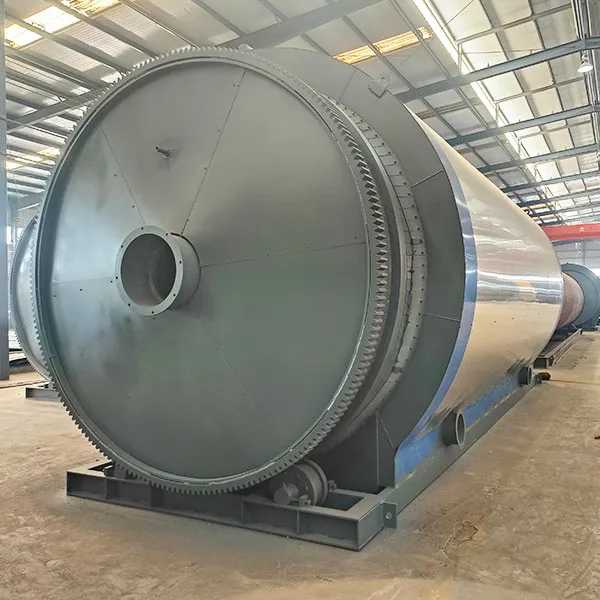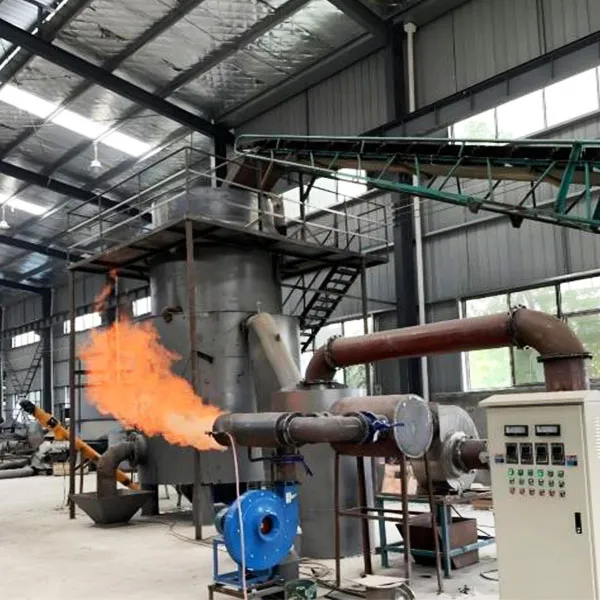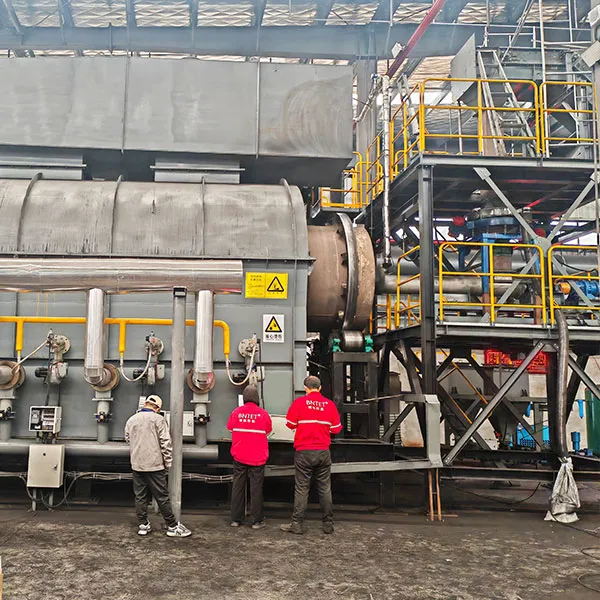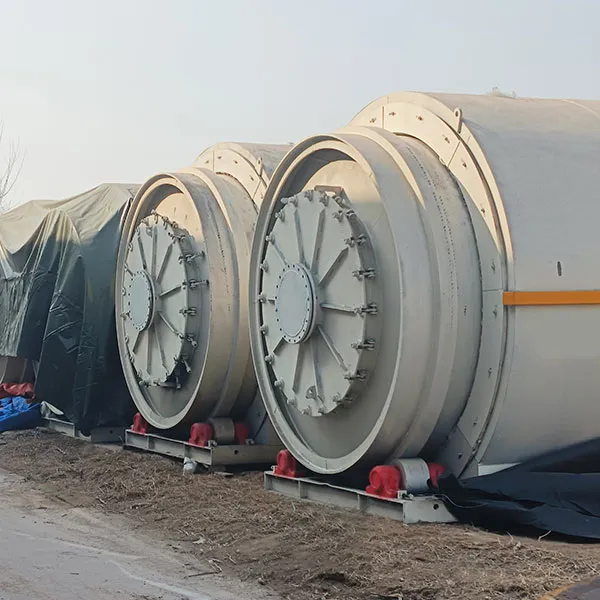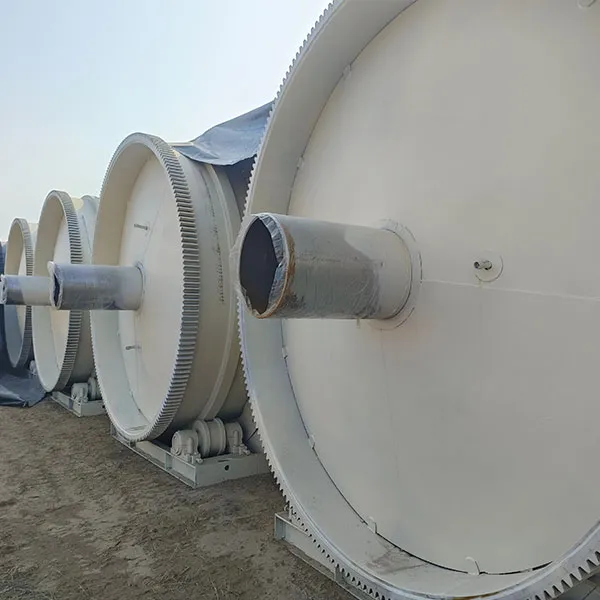What role does the oil tank play in pyrolysis of tires
2025-02-21 11:15:20
In the tire pyrolysis process, the oil storage tank plays an important role, which is mainly reflected in the following aspects:
1. Collecting and storing liquid products
The liquid products (such as tire oil and other recyclable chemicals) generated during the pyrolysis process are collected in the oil storage tank. The oil storage tank provides a safe space to store these liquids to avoid leakage and pollution.
2. Separation and precipitation
The oil storage tank is usually designed with a certain volume and structure to allow the liquid to stand in it, promoting the precipitation and separation of solid particles or impurities in the liquid. This helps to improve the purity of the liquid product.
3. Regulating and managing flow
The oil storage tank can help regulate the flow of liquid during the pyrolysis process to ensure stability during subsequent processing or utilization. By controlling the liquid level of the oil storage tank, the supply of liquid can be effectively managed.
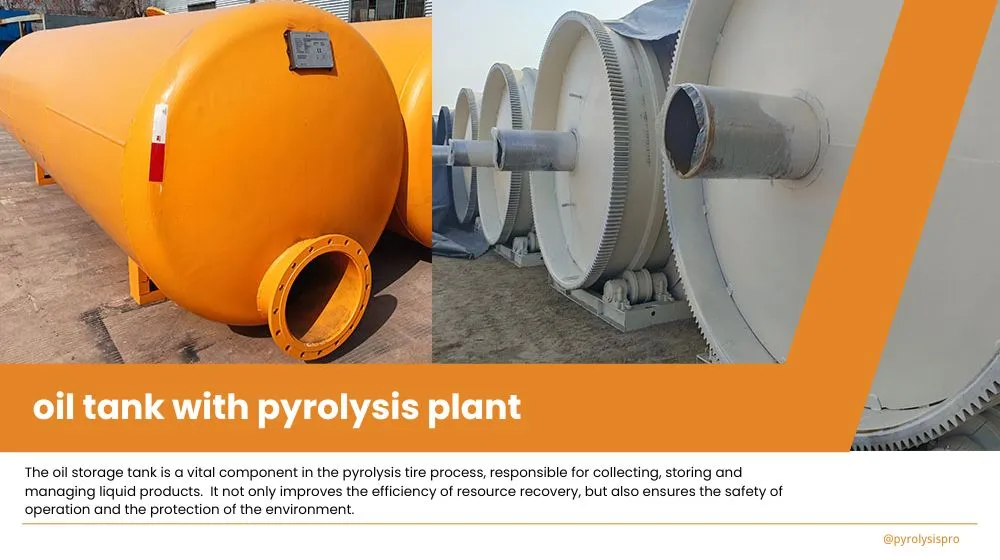
4. Safety
The oil storage tank is usually equipped with safety devices to prevent safety hazards such as overpressure, leakage and fire. This is especially important for handling flammable liquids to ensure the safety of operators and the environment.
5. Subsequent processing
The liquid products in the oil storage tank can be further processed or converted into other products, such as fuel, chemical raw materials, etc. The oil storage tank provides the necessary storage space for these subsequent processes.
6. Environmental Protection
By effectively collecting and storing the liquid produced during the pyrolysis process, the oil storage tank helps reduce pollution to the environment and comply with environmental regulations and requirements.
Summary
The oil storage tank is a vital component in the pyrolysis tire process, responsible for collecting, storing and managing liquid products. It not only improves the efficiency of resource recovery, but also ensures the safety of operation and the protection of the environment.


